LIMA, Peru – October 10, 2025: Peru’s political landscape was thrown into turmoil once again as Congress voted overwhelmingly to impeach President Dina Boluarte, ending her turbulent tenure amid a crime crisis that has shaken the nation. The move followed a tragic mass shooting at a concert in Lima, an event that became the catalyst for the president’s dramatic downfall.
A Nation on Edge
Peru has been gripped by escalating violence for months, with murders, robberies, and extortion cases soaring to record highs. The shocking concert attack earlier this week — where a gunman opened fire during a performance, injuring several concertgoers — served as the final straw for a weary and frightened nation.
The massacre intensified public outrage, sparking street protests across Lima and other major cities. Many Peruvians blamed Boluarte for failing to contain organized crime, accusing her of allowing the country to fall into lawlessness. Lawmakers, already frustrated by her leadership, swiftly moved to act.
Late Thursday night, the Peruvian Congress convened an emergency session, and in a near-unanimous decision, legislators voted to remove Boluarte from office. The grounds cited were “permanent moral incapacity,” a constitutional clause that has been used in recent years to remove multiple presidents accused of misconduct or mismanagement.
Political Freefall
Boluarte’s ouster marks yet another chapter in Peru’s recurring political crisis. She became president in late 2022 after the impeachment and arrest of Pedro Castillo, her former ally turned adversary. Initially hailed as a stabilizing figure, Boluarte soon found herself mired in scandals, protests, and accusations of authoritarianism.
Her government faced fierce criticism for its handling of nationwide demonstrations in 2023, when dozens of protesters were killed in clashes with security forces. Human rights groups accused her of enabling state violence — allegations she repeatedly denied.
By 2025, her popularity had collapsed. Surveys showed approval ratings below 15%, the lowest for any Peruvian leader in modern history. Yet, what truly sealed her political fate was the surge in violent crime.
Extortion rings, often linked to organized gangs from neighboring countries, have terrorized business owners and public transport operators. In some regions, criminal groups effectively control entire neighborhoods. Citizens have repeatedly called on the government to strengthen policing and reform the justice system — demands that largely went unanswered.
Boluarte’s claim earlier this year that “foreigners” were responsible for much of the violence triggered further controversy. Critics accused her of scapegoating migrants, particularly Venezuelans, to deflect blame from her administration’s failures.
The Night Congress Moved
The impeachment vote came only hours after the deadly concert shooting. Legislators, many of whom had already introduced motions to remove her, argued that the tragedy reflected “a total collapse of the rule of law.”
In a session that stretched past midnight, Boluarte was invited to present her defense but did not appear in person. Instead, she submitted a written statement rejecting the accusations and insisting she was being targeted for political reasons. The plea fell flat.
Moments later, Congress announced the result: 124 votes in favor, none opposed. The chamber erupted in applause as the decision was confirmed. Within the hour, Congress leader José Jerí, a centrist from northern Peru, was sworn in as interim president.
A Fragile Transition
In his first address to the nation, Jerí pledged to restore public security and guarantee a democratic transition ahead of the scheduled April 2026 elections. He promised “a government of order, dialogue, and inclusion,” vowing to confront organized crime without violating human rights.
But analysts warn that Jerí faces an uphill battle. The new administration inherits a country fractured by mistrust, corruption, and social unrest. Successive impeachments — six presidents in less than a decade — have eroded faith in political institutions.
Economically, Peru remains vulnerable. Though once one of Latin America’s fastest-growing economies, recent instability has scared away investors and weakened the sol, the national currency. Meanwhile, rural poverty and inequality continue to fuel anger in the provinces, where many still demand early elections and constitutional reform.
From Promise to Scandal
Boluarte’s presidency was marred not only by rising crime but also by a string of personal controversies. Earlier this year, prosecutors launched an investigation into her possession of several luxury watches and jewelry — dubbed “Rolexgate” by local media. The scandal intensified perceptions that her administration was out of touch with ordinary Peruvians struggling under inflation and unemployment.
At the same time, critics accused Boluarte of using her office to shield allies and punish dissent. Several opposition figures were arrested or faced judicial harassment, deepening fears of creeping authoritarianism.
The Human Toll of Violence
The tragedy that triggered her fall — the shooting at the Lima concert — has become a national symbol of Peru’s insecurity. Witnesses described scenes of panic as gunfire erupted, sending hundreds of concertgoers fleeing for cover. The attack left several people critically injured and sparked mass demonstrations demanding justice.
In Lima’s Plaza San Martín, protesters carried banners reading “Enough Blood” and “We Want Safety, Not Speeches.” Families of victims wept as they laid flowers and candles outside Congress following the impeachment vote.
Regional and International Reaction
Neighboring countries and international organizations responded swiftly to the developments. The Organization of American States (OAS) urged calm and called on Peru’s political forces to ensure democratic order and constitutional continuity.
Human rights groups have pressed the new administration to balance tough anti-crime measures with civil liberties. They caution against using emergency powers to justify crackdowns, noting that heavy-handed tactics under previous governments often fueled more unrest than they solved.
Regional analysts say Peru’s crisis is emblematic of a broader trend in Latin America — where corruption, inequality, and public insecurity have repeatedly undermined democratic governance.
What Comes Next
For now, Dina Boluarte has not commented publicly since her removal. Her lawyers have hinted at a possible legal challenge, claiming the impeachment violated due process. However, few believe she has the political strength to mount a comeback.
Meanwhile, interim president José Jerí faces an immediate test: proving that he can stabilize the country without deepening divisions. His administration must restore trust in law enforcement, curb the influence of organized crime, and oversee transparent elections next year.
Many Peruvians remain skeptical. “Every time we think things can’t get worse, they do,” said a Lima shopkeeper during street protests. “We don’t need another speech — we need safety, justice, and jobs.”
A Nation Seeking Stability
As Peru enters yet another period of political uncertainty, citizens are left wondering whether this change in leadership will finally bring relief or merely extend a cycle of chaos.
Dina Boluarte’s fall underscores a recurring theme in Peruvian politics — leaders who rise amid crisis often end their terms engulfed in scandal, mistrust, or violence. With her departure, Peru stands at a crossroads once again, its fragile democracy tested by fear, fatigue, and an unrelenting demand for security and dignity.

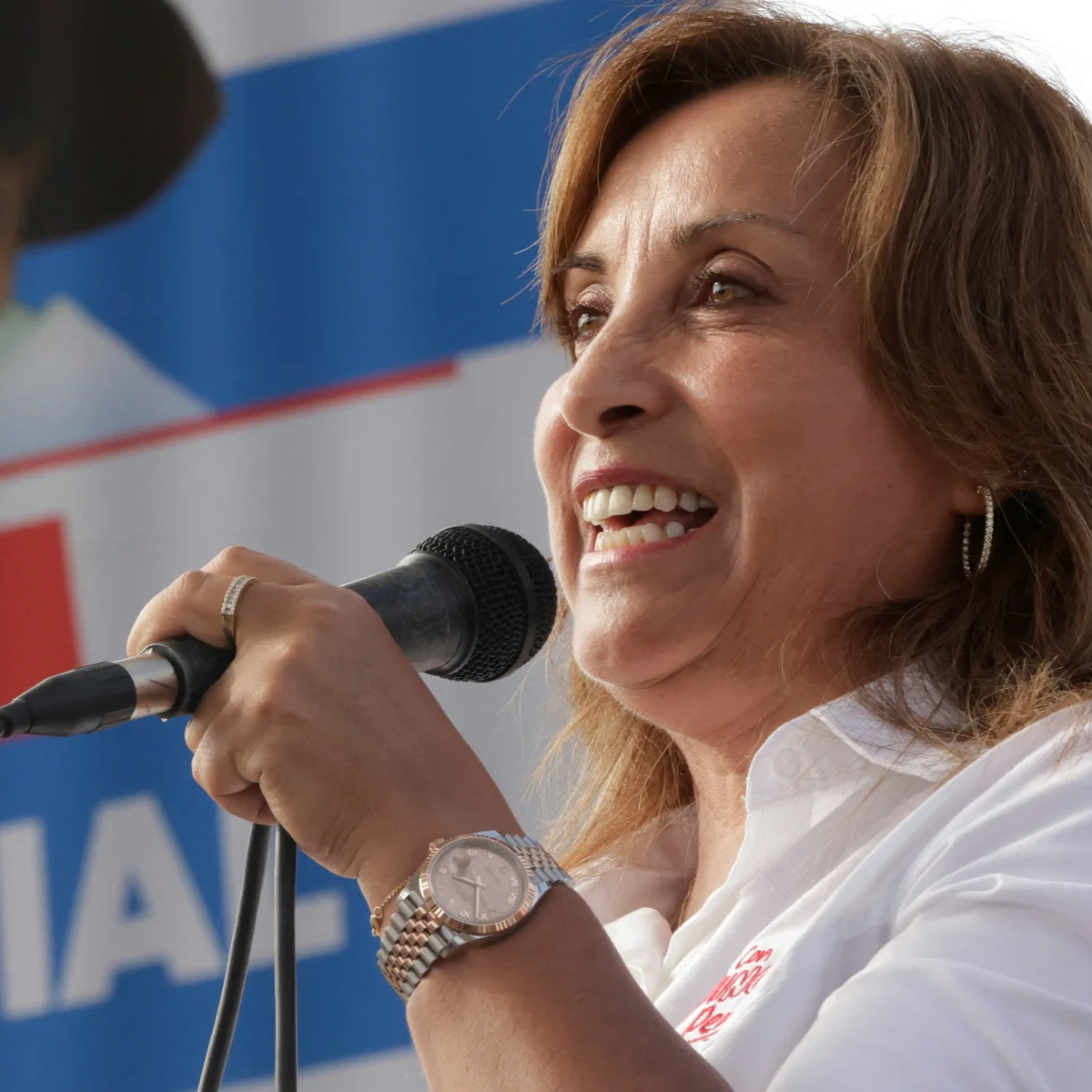
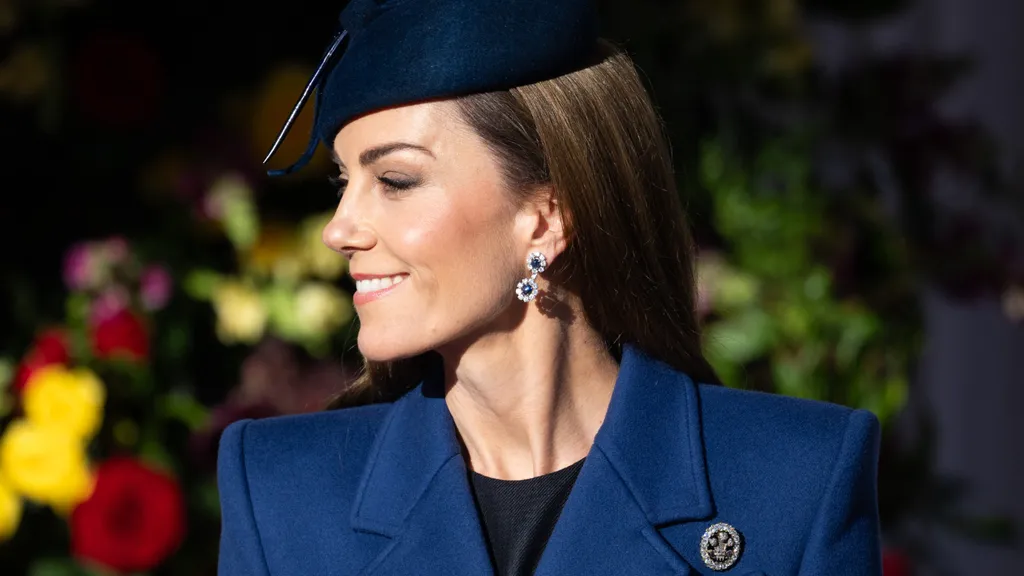
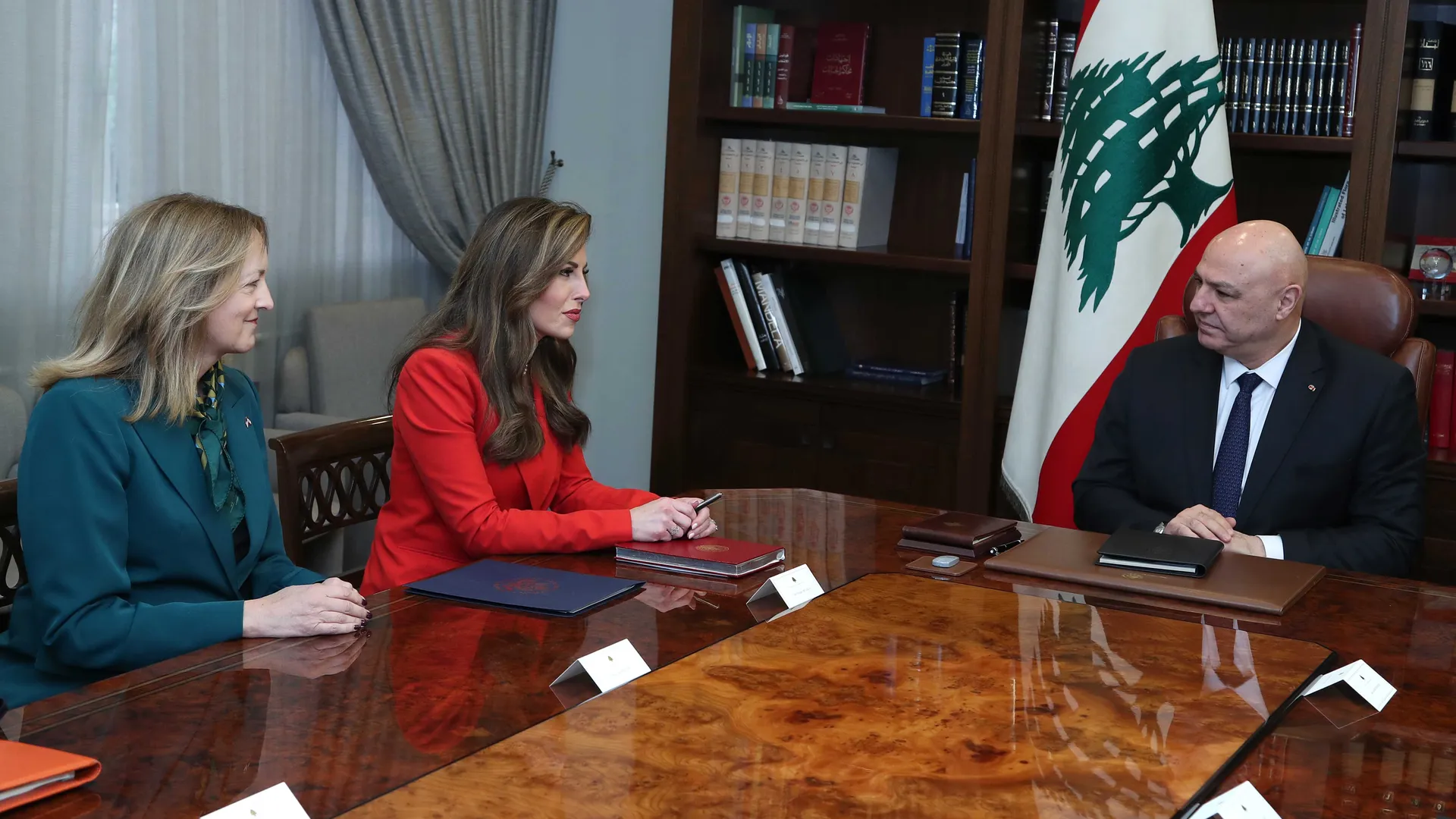
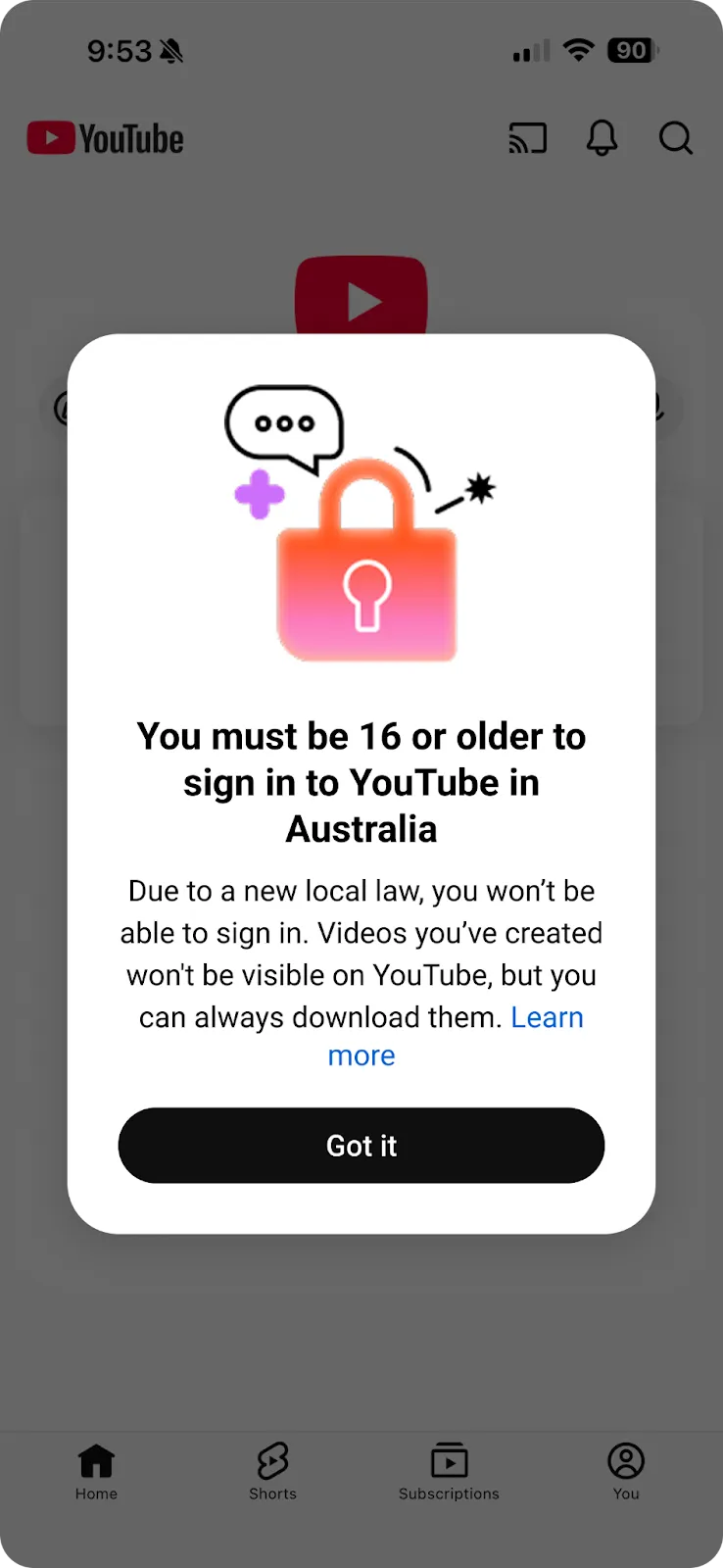
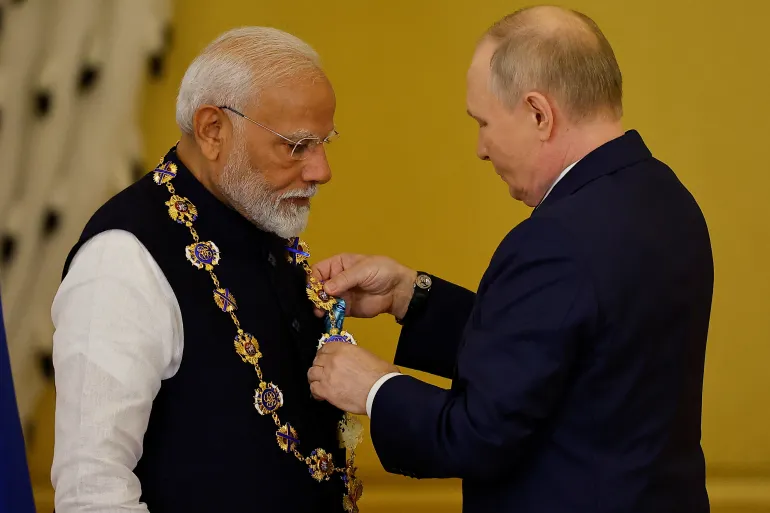
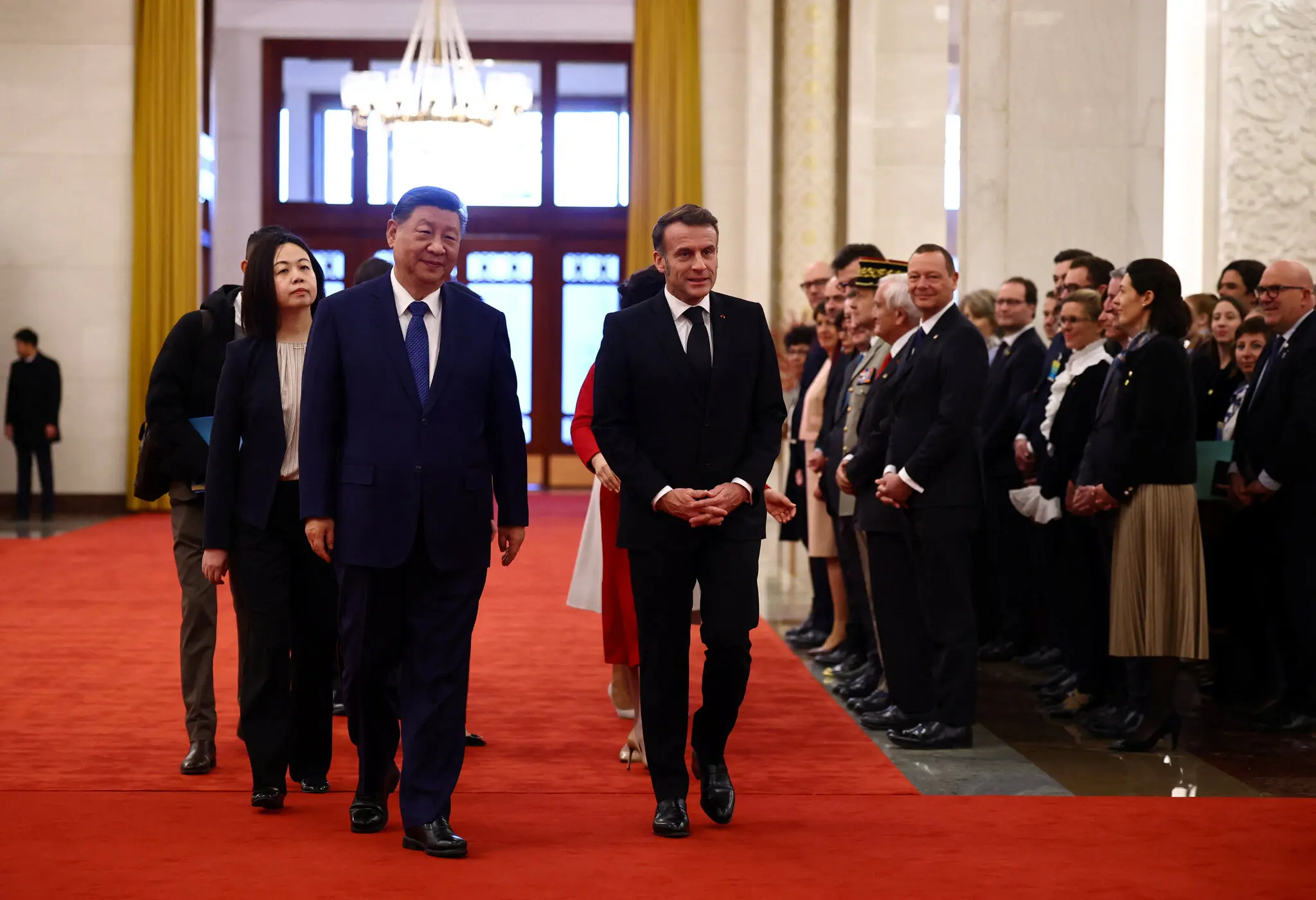
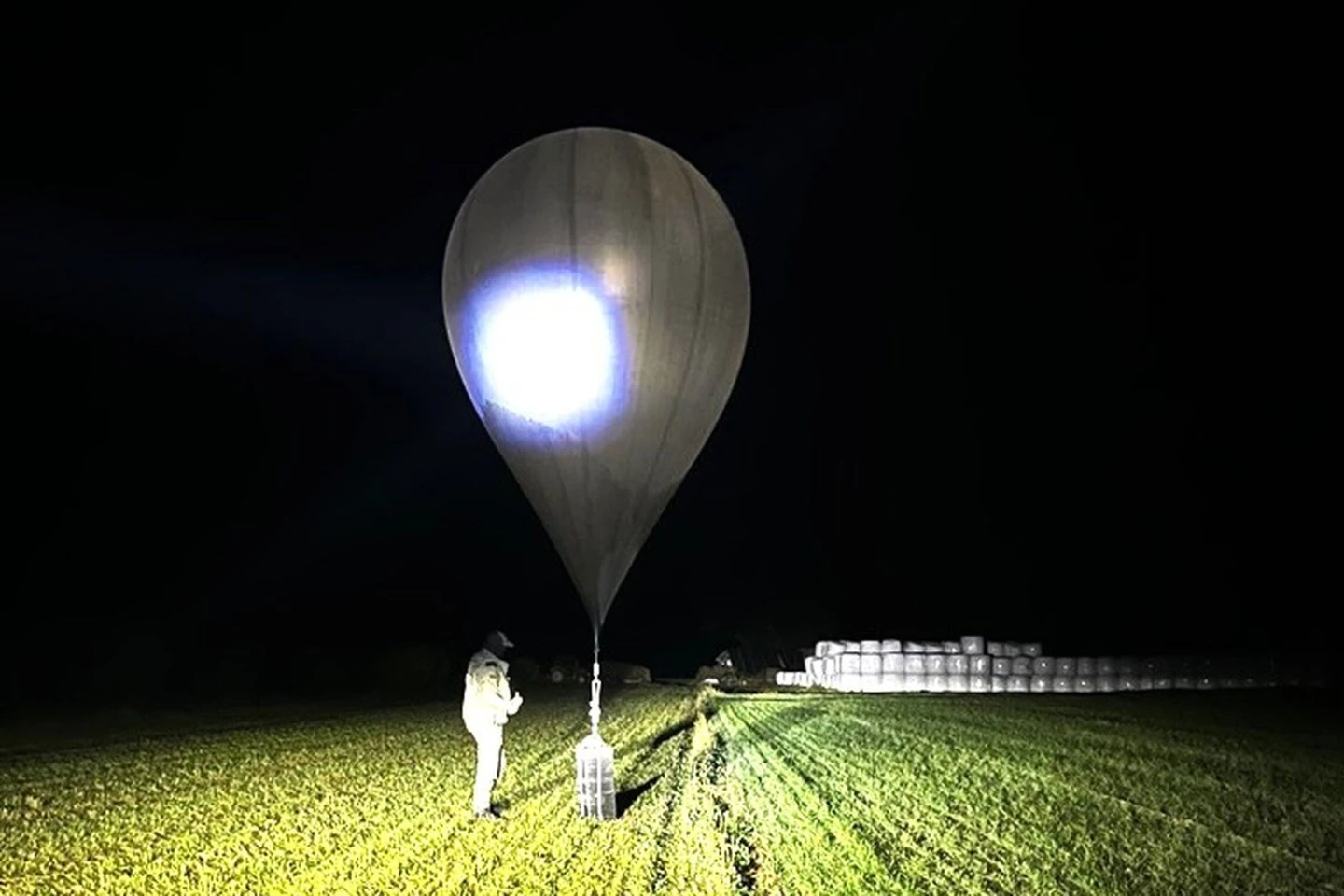
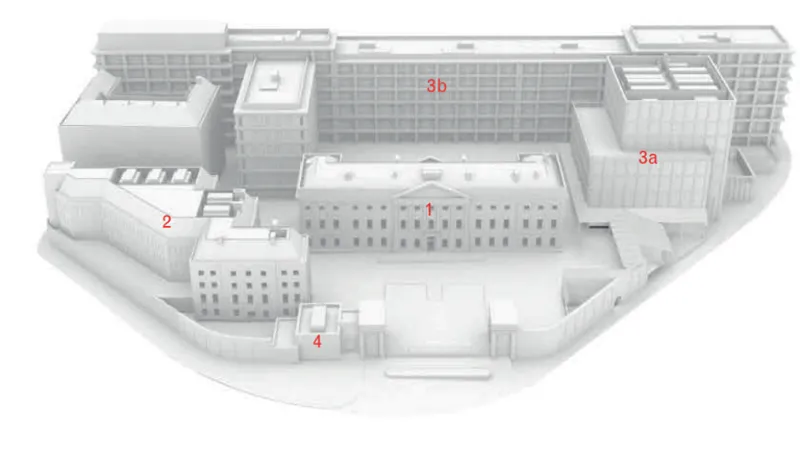

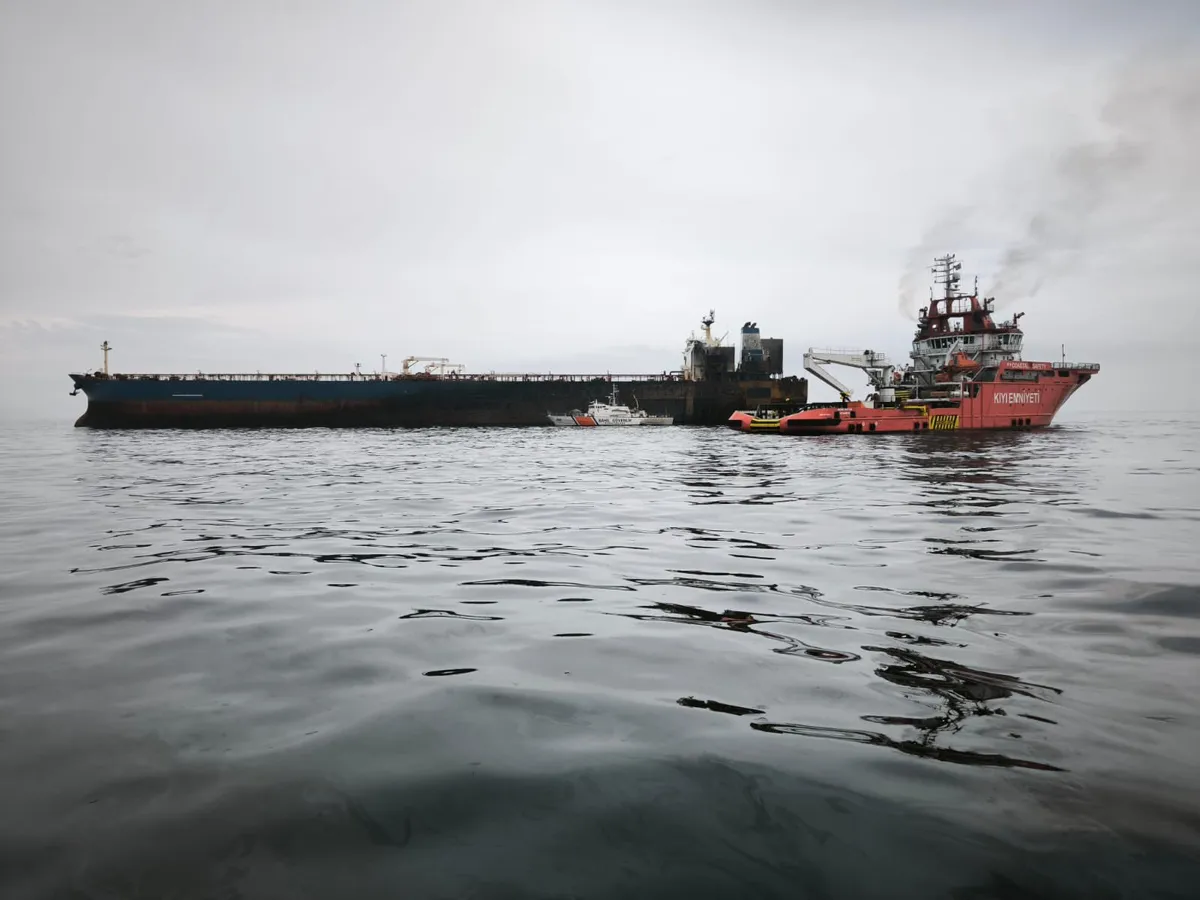
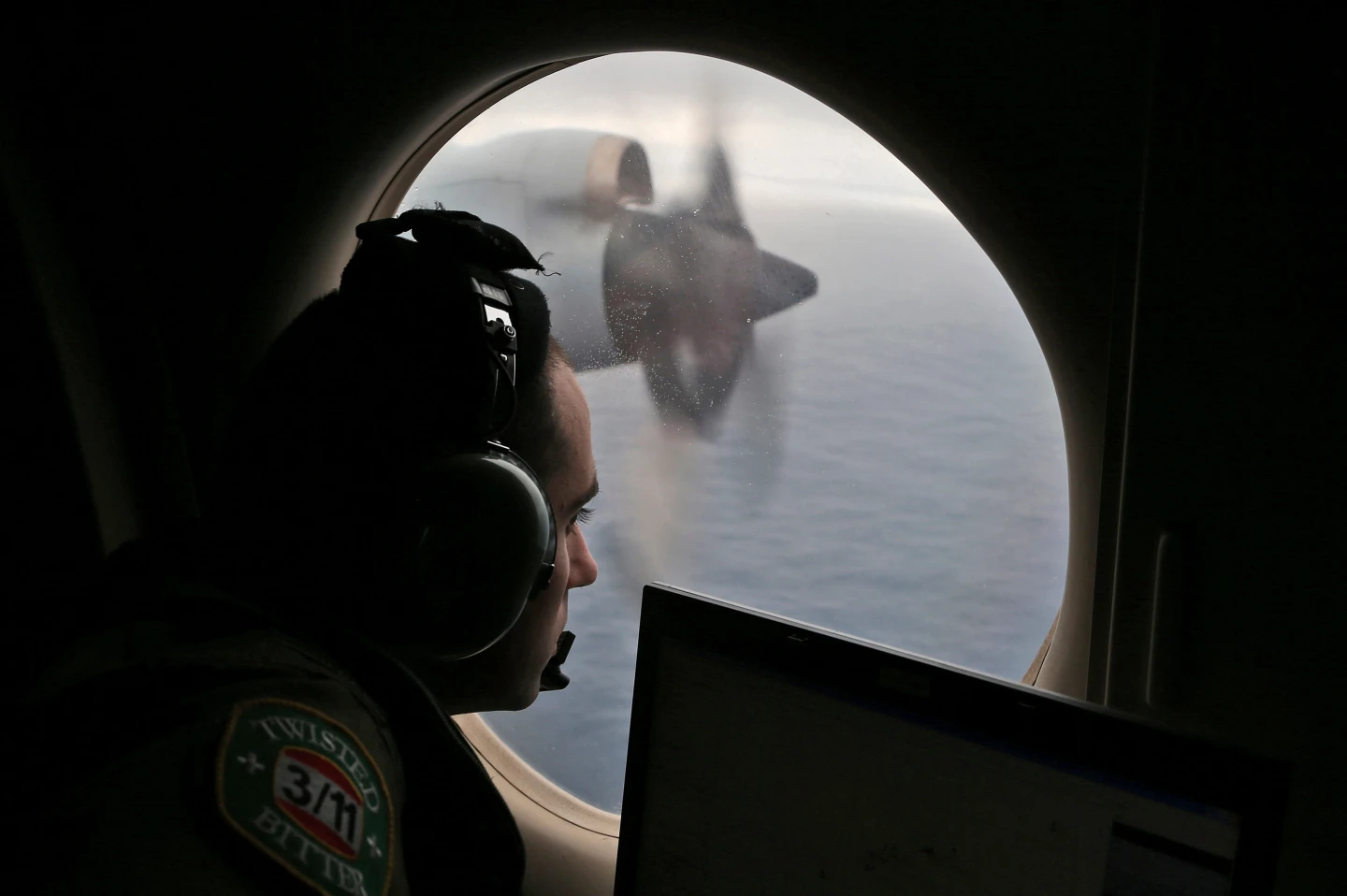



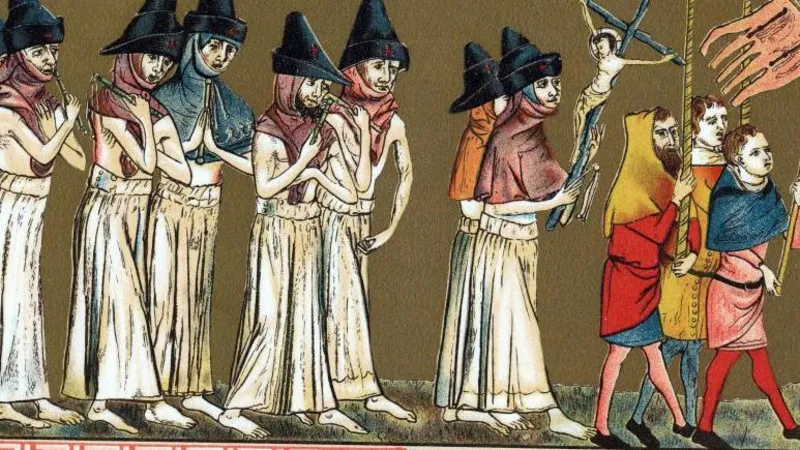
Leave a Reply